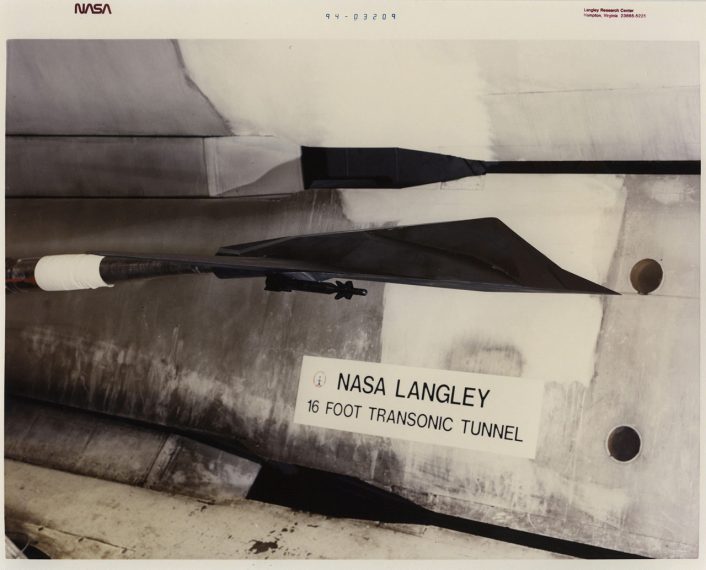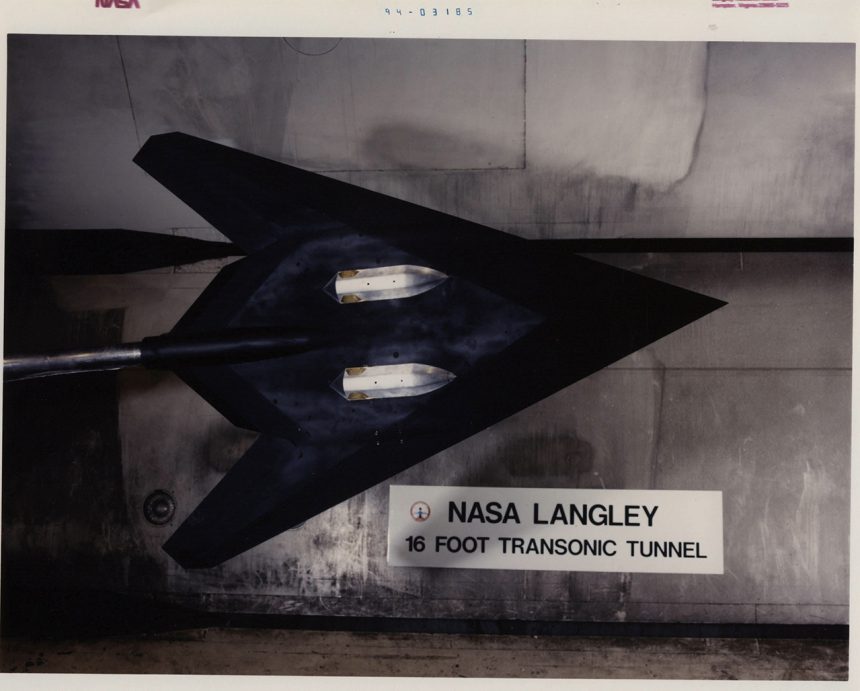A model of the F-117 Stealth Jet was used for a 2-week testing campaign with Laser Guided Bombs, Cluster Bombs, and stand-off weapons, in the Langley’s 16-Foot High Speed Tunnel.
The iconic Lockheed F-117 Nighthawk was a U.S. Air Force single-seat, twin-engine, stealth attack aircraft that was developed by Lockheed’s secretive Skunk Works division. The first prototype (YF-117A), developed around the Have Blue Proof of Concept demonstrator, made its maiden flight on Jun. 18, 1981 and entered active service in 1983, even though the USAF denied and covered the existence of the aircraft until November 1988. 64 F-117s were built, 59 of those were production jets and 5 were prototypes. The last production aircraft was delivered on Jul. 3, 1990.
Interestingly, in 1994, NASA conducted testing on an F-117 model using the Langley’s 16-Foot High Speed Tunnel. Built in 1941, the tunnel was used for various kind of tests until 2004 (it was eventually demolished in 2011). During +60 years of testing, the wind tunnel with a 16-foot diameter test section was used to carry out testing of virtually every military aircraft design: a partial list published at the NASA website includes the B-58 Hustler, F-100 Super Sabre, F-111 Aardvark, F-14 Tomcat, F-15 Eagle, F-18 Hornet, C-5 Galaxy, F-117 Nighthawk, B-1 Lancer, B-2 Spirit and X-45 UCAV, as well as the Apollo/Saturn moon mission spacecraft, the Space Shuttle, and the Boeing X-40 (test vehicle for the USAF X-37 Reusable Launch Vehicle). The tunnel also supported experimental programs such as the X-1, X-15, Highly Maneuverable Aircraft Technology (HiMAT) and the Joint Advanced Strike Technology (JAST).
Classified and unclassified tests were conducted at the facility. For instance, the testing on the B-2 was so secret thaat all photos of the models tested in the 16-Foot Transonic Tunnel were removed from the facility and none exist in the NASA photo files. Models used in the wind tunnel were built up in the Jet Exit Facilitybehind the wind tunnel and moved under cover of darkness into the wind tunnel at times outside of Soviet satellite coverage. In addition, the built-up models included fake vertical tails and were covered with dark fabric, NASA’s website explains.
Among the unclassified tests, #461 is the one that involved the F-117 between Apr. 15 and 29, 1994.
“The test objective was to determine the aerodynamic effects of adding external stores to the F-117; the F-117 was designed to carry all weapons in an internal bomb bay to reduce the aircraft radar signature. Although the test was not classified, the effort was not widely publicized due to sensitivity of Congressional reaction to increasing the vehicle radar signature by adding external stores. After this test the tunnel was shut down from 5/2/1994 to 11/14/1994 for an Air Exchange (cooling) Tower CofF (Construction of Facility) project.”
The NASA Cultural Resources website provides interesting photographs of the testing on the Stealth Jet that give us an idea about the type of weapons that the USAF was considering as external payload for the F-117 (and the shape of the stealthy pylons that would be used to carry them): GBU-27 Paveway III LGBs (Laser Guide Bombs); AGM-154A JSOW stand-off INS/GPS weapons; and CBU-87/B cluster bombs. In other words, the USAF has for some time considered the tradeoff between Low Observability (in terms of increased Radar Cross Section) and ability to increase the weapons payload of the Nighthawk. Quite interesting.
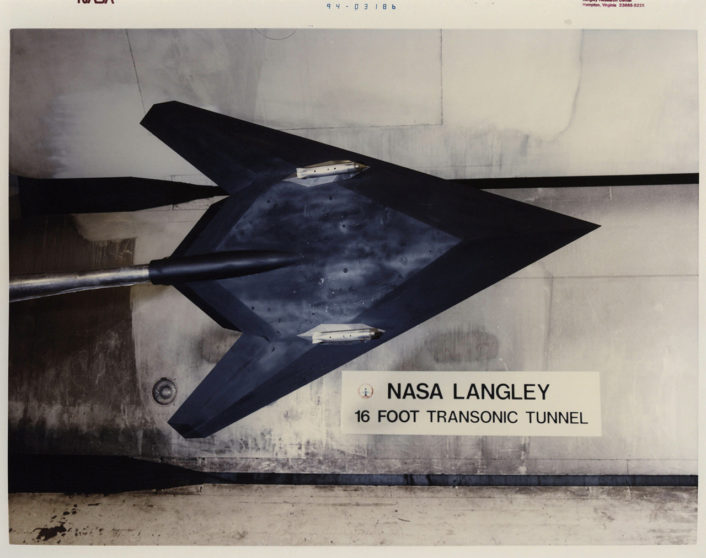
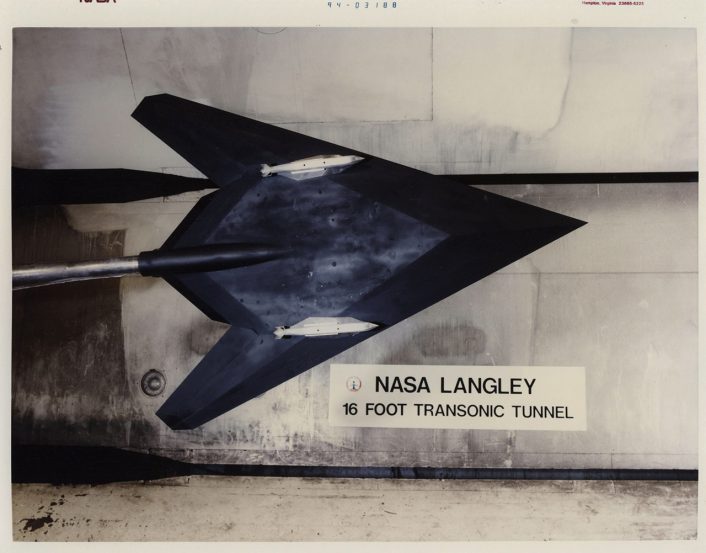
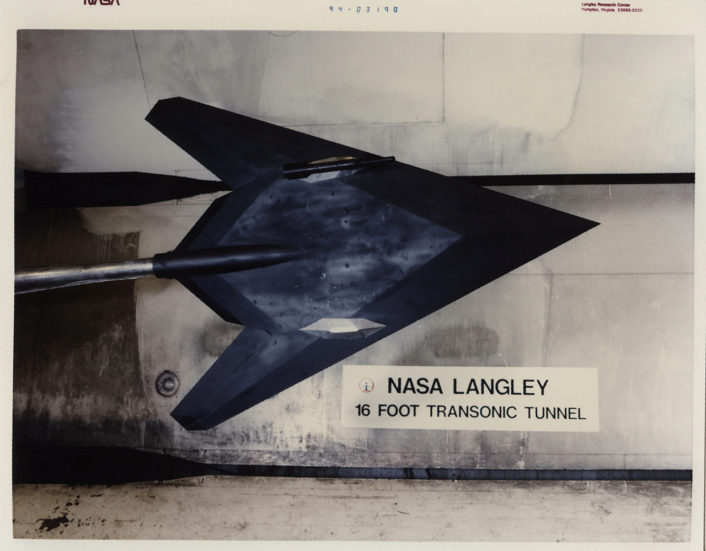
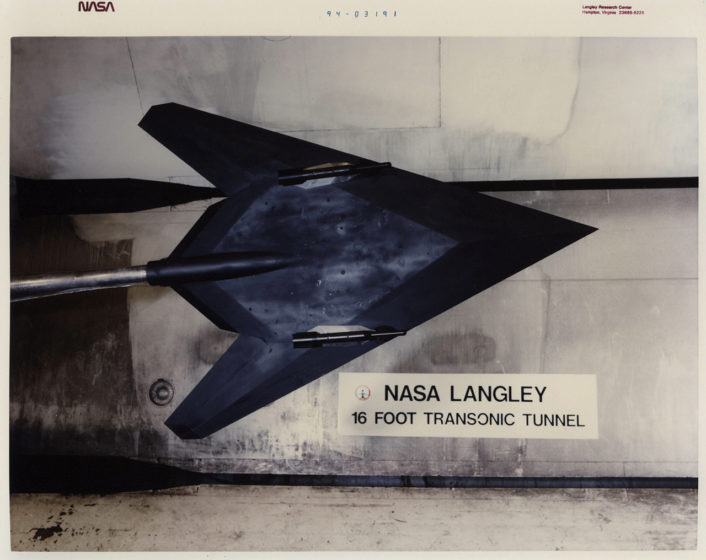
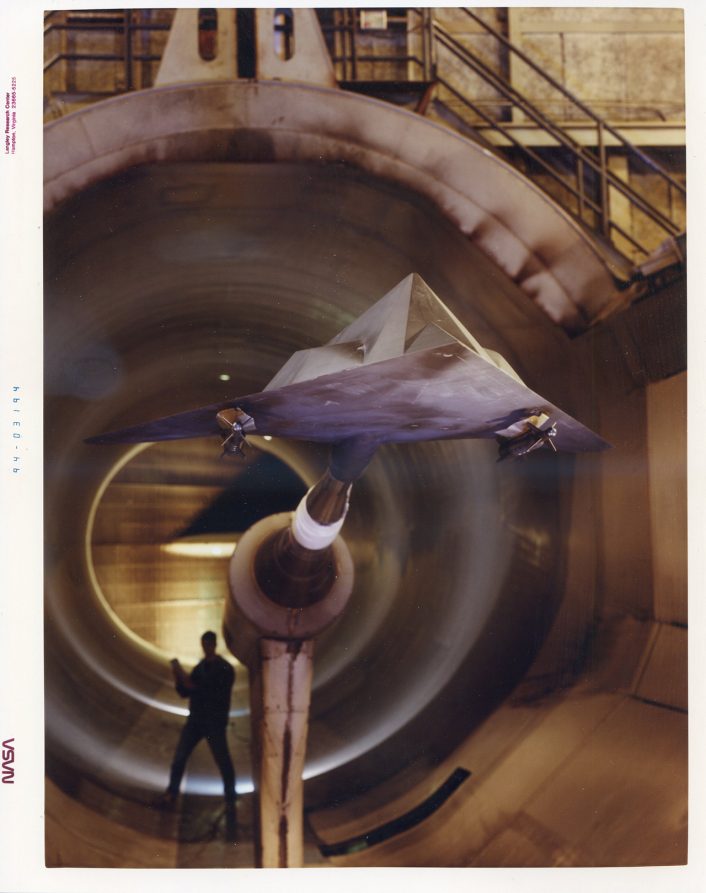
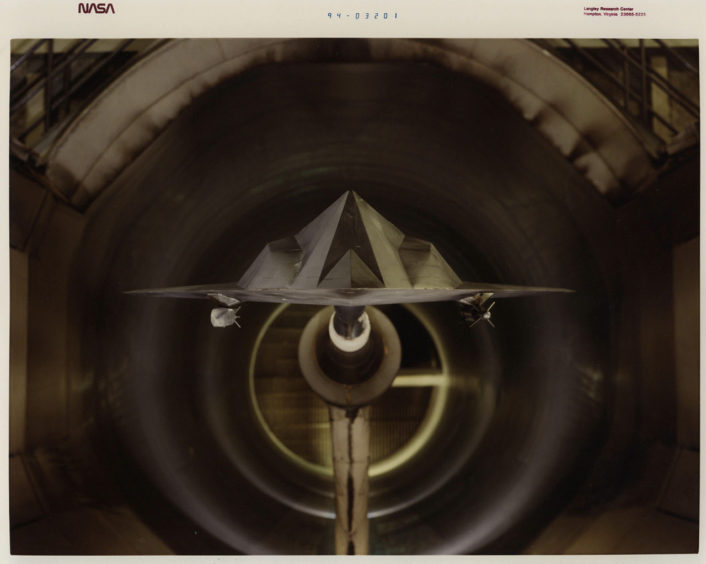
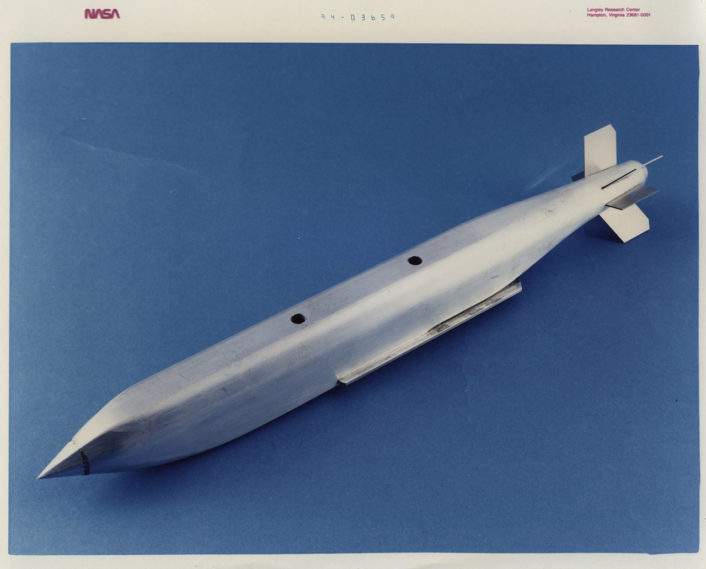
We don’t know the outcome of the tests conducted 25 years ago but what is (somehow) sure is that external stores never saw active service. At least, not officially.
As our readers know very well, although it was officially retired in 2008, the F-117 is still flying today.
On Feb. 26 and 27, 2019, an F-117 Nighthawk flew very low over the flats in beautiful Panamint Valley in Death Valley National Park.
Using radio callsign “Lehi” and chased by two F-16s (Groom Lake Vipers have been spotted chasing F-117s in the past), the stealth jet flew over the Death Valley where it was filmed as it overflew a lucky bystander. The incredible video was later published across social media.
More recently, another F-117 was spotted, once again above Death Valley, California, with a KC-135R Stratotanker, with what looked like a camouflaged color scheme. According to Combat Aircraft Editor Jamie Hunter, the aircraft sports what could be a hybrid aggressor scheme on the the top surfaces too.
Aggressor F-117? Incredible new images revealed – https://t.co/2VHFyeEFAG pic.twitter.com/UFlfg48CPc
— Combat Aircraft (@CombatAir_Mag) July 14, 2019
Anyway, here below is a chronicle of the sightings we have already posted in this detailed story and in this one too:
[… ]
Back in 2014, after a few videos and photographs had already appeared online, the U.S. Air Force admitted that the Black Jet was kept in a “Type 1000” storage at Tonopah Test Range (TTR) which meant that the type is to be maintained until called into active service: the U.S. considered the F-117 somehow useful in a current scenario, so much so they continued to fly some of the preserved jets every now and then, in plain sight, to keep the pilots (according to most sources, not U.S. Air Force aircrews but Lockheed Martin/contractor pilots) current and the aircraft airworthy and ready. Desert conditions of Nevada are perfect for maintaining the stealth jets in pristine conditions (due to the low level of humidity and hence, lower probability of corrosion), hence the reason to operate the enigmatic aircraft from TTR.
In July 2016, we published a video showing two F-117s flying together, filmed from the distant hills east of Tonopah Test Range: in examining the photos some readers noticed that when the two F-117’s were lined up on the runway, only one of them had what looked like a comms antenna extended on the dorsal spine. The other Nighthawk behind him did not have that. A new antenna? For doing what? A remotely controlled F-117? Hard to say because of the quality of the shot.
Then, in 2017, the U.S. Air Force announced the decision to retire the fleet permanently, once and for all. In fact, “in accordance with the National Defense Authorization Act of 2017, passed Dec. 23, 2017 the Air Force will remove four F-117s every year to fully divest them — a process known as demilitarizing aircraft,” wrote Oriana Pawlyk last year. According to Pawlyk, one F-117 was scheduled to be divested this year and approximately four every year thereafter.
However, another few sightings were reported since then:
On Nov. 13, 2017, an F-117 was spotted on a trailer on US-95, south of Creech AFB, in southern Nevada: the sighting was consistent with the plan of divesting one F-117 by the end of 2017; the rest to be withdrawn from use at a rate of four every year, beginning in 2018. In other words, the one under tarp on a trailer was probably being transferred to the boneyard, to be scrapped or prepared for a museum. Then, in a fantast twist, on the following day, Nov. 14, 2017, at 09.20AM LT, another F-117 was spotted flying north of Rachel, Nevada chased by a Groom Lake’s two-seater F-16 (most probably the one that later paid visit to Star Wars Canyon).
On Jul. 26, 2018, Youtube user “pdgls” films two F-117 flying again at Tonopah Test Range. The video shows two F-117s taking off in sequence as Night (or Knight – 9th FS callsign) 17 and 19. The shape of the Black Jet can be clearly identified as it maneuvers over TTR. Here‘s both the video and audio of the two Nighthawks.
